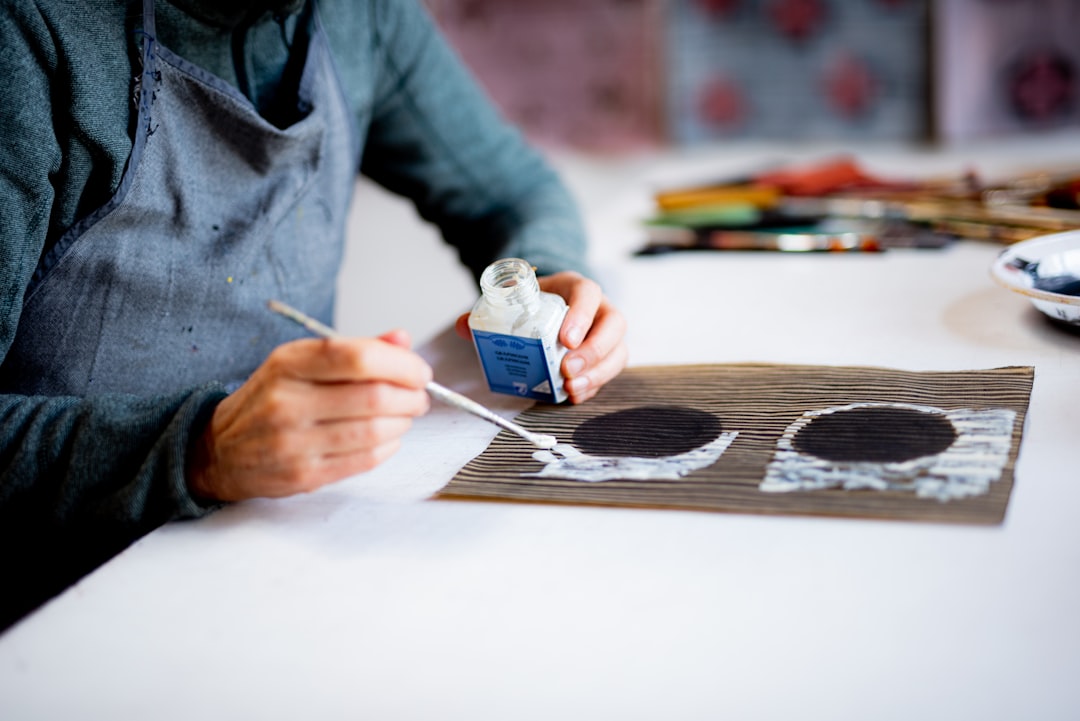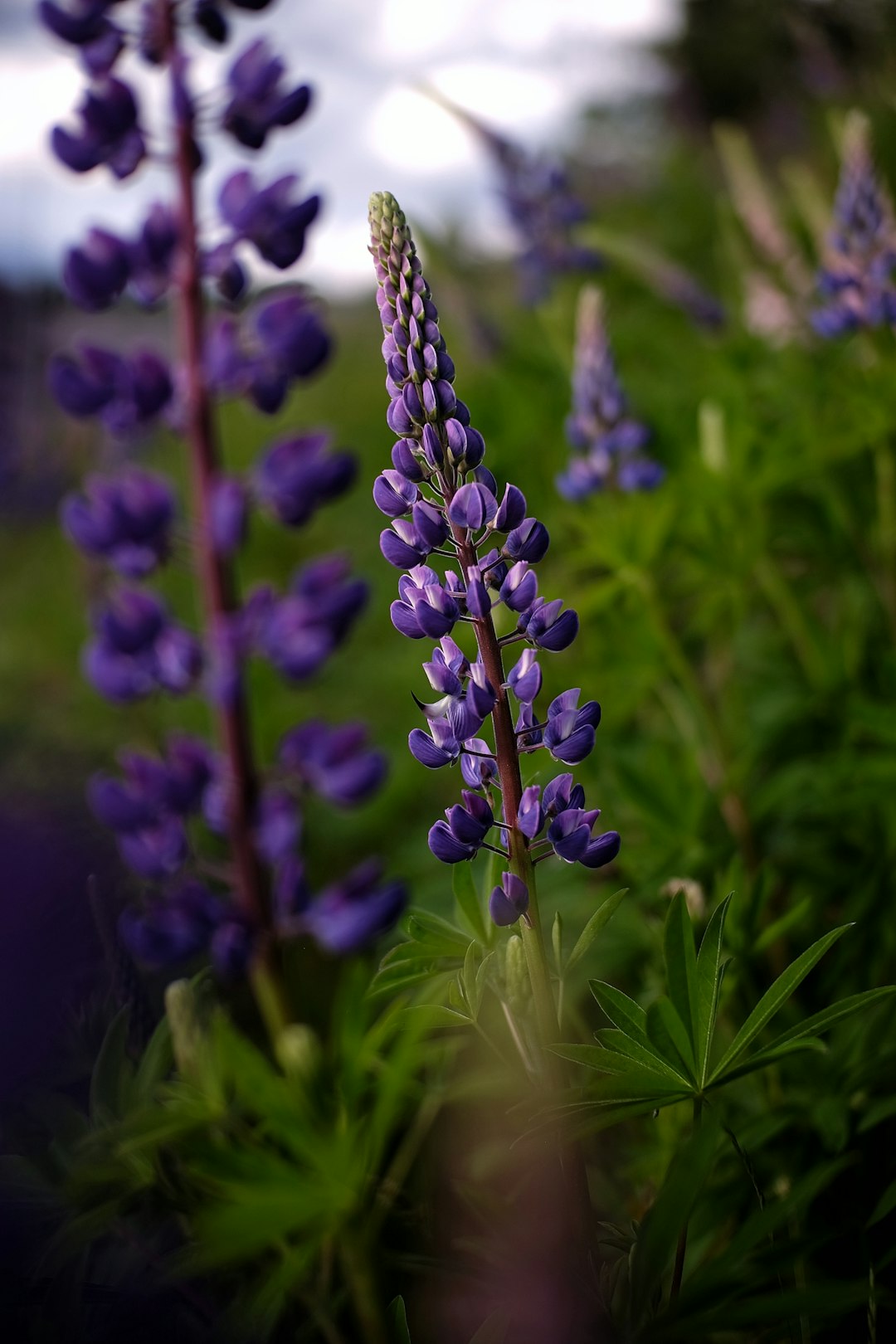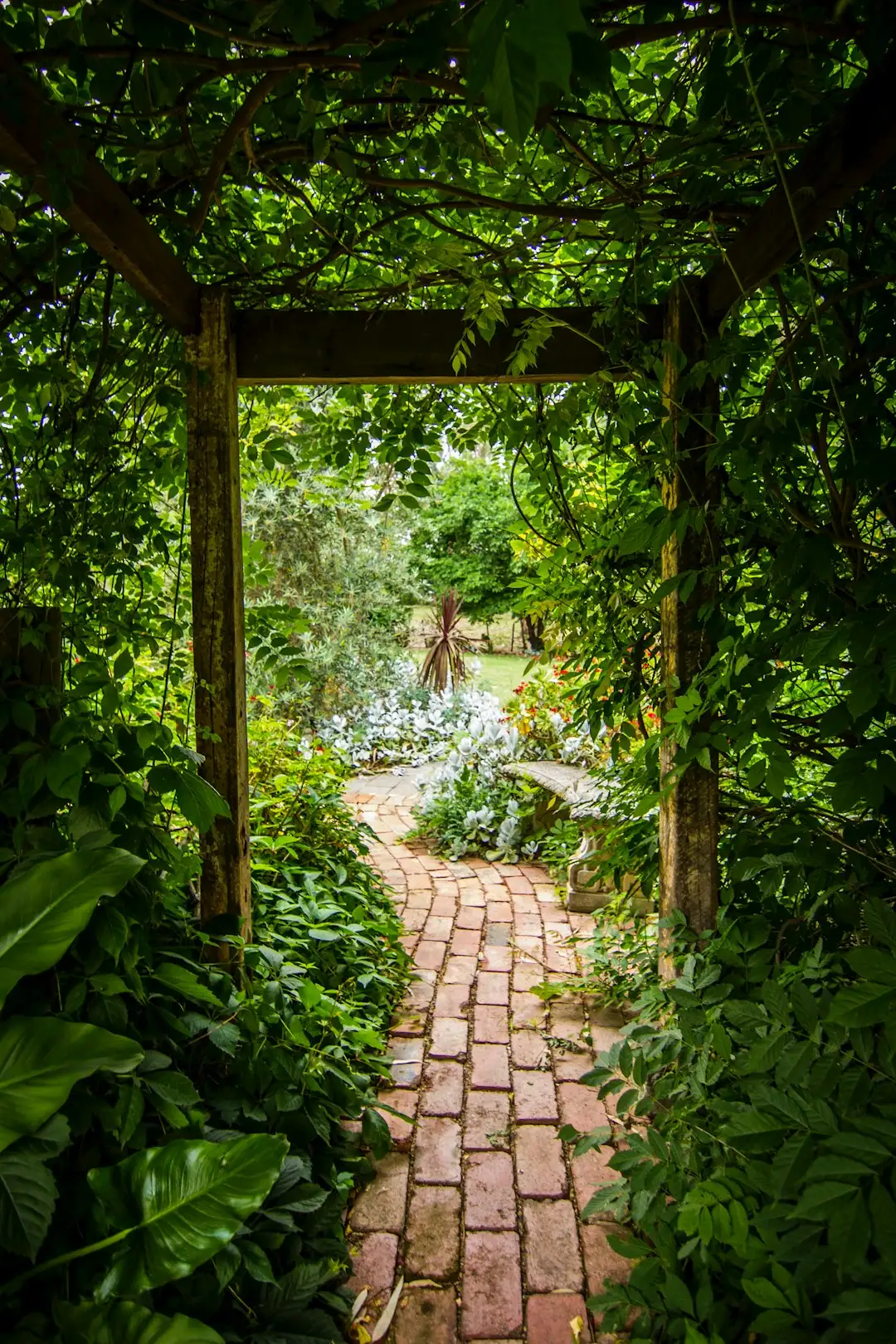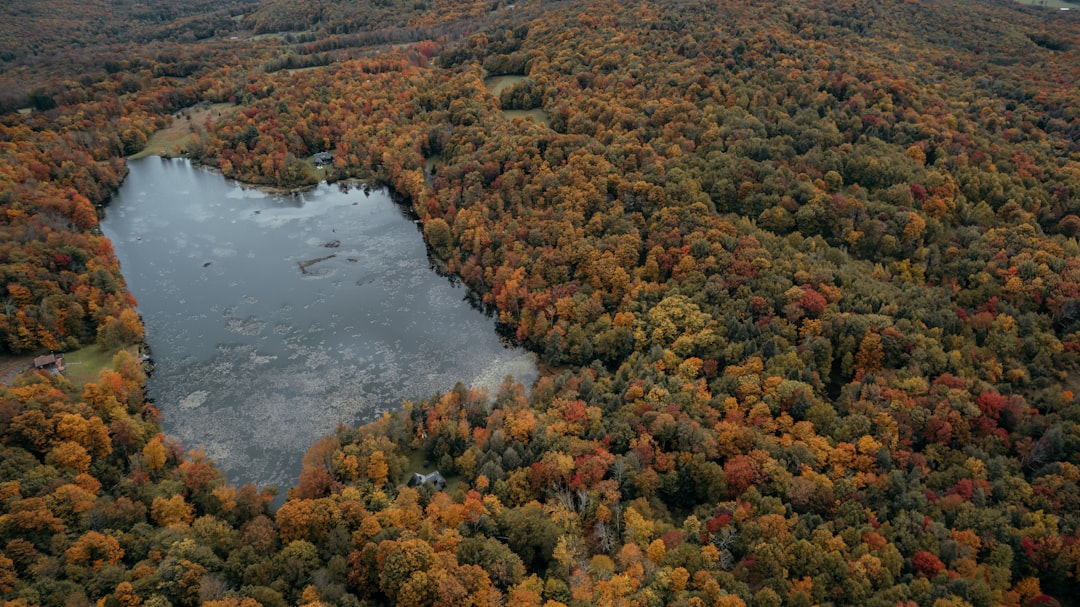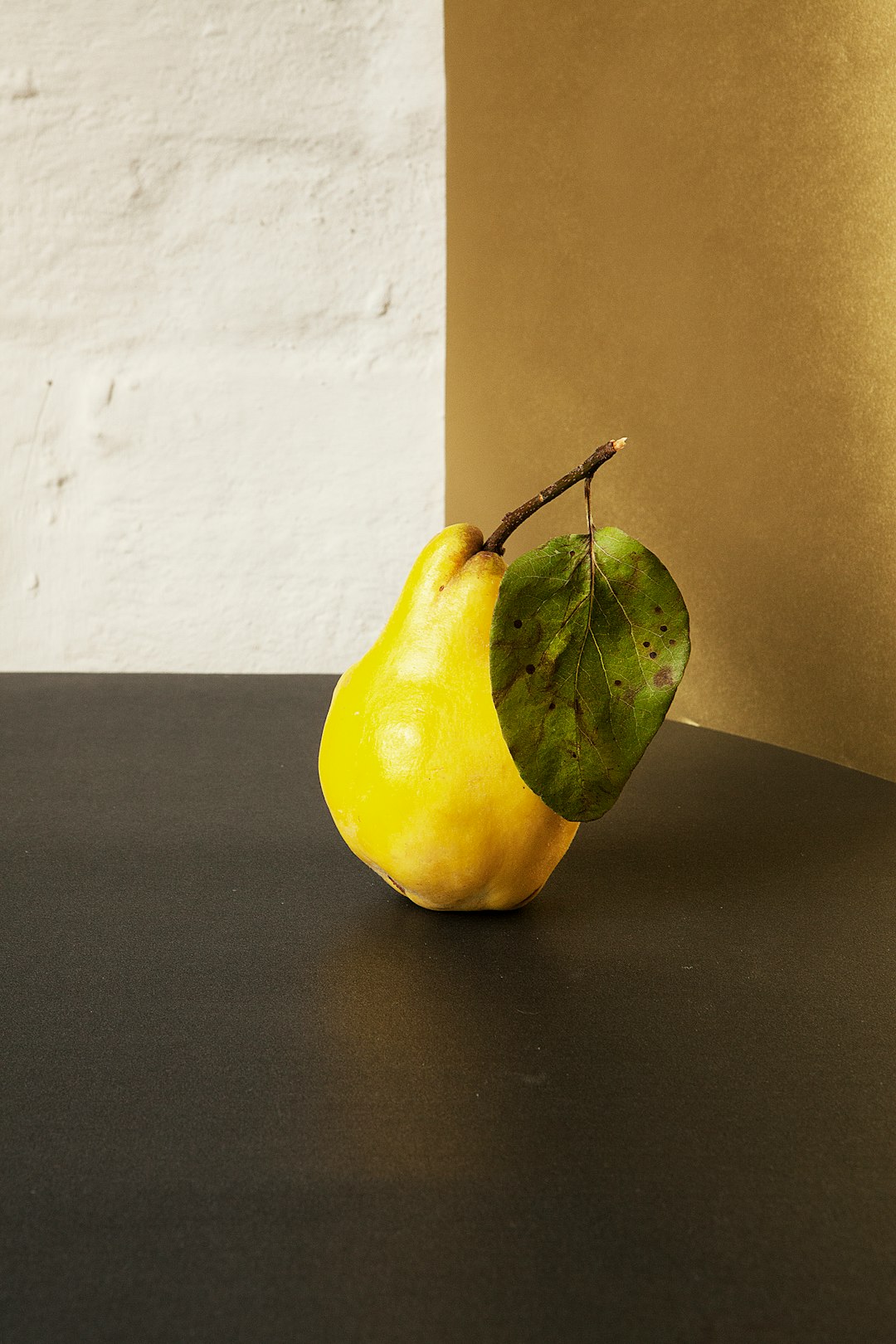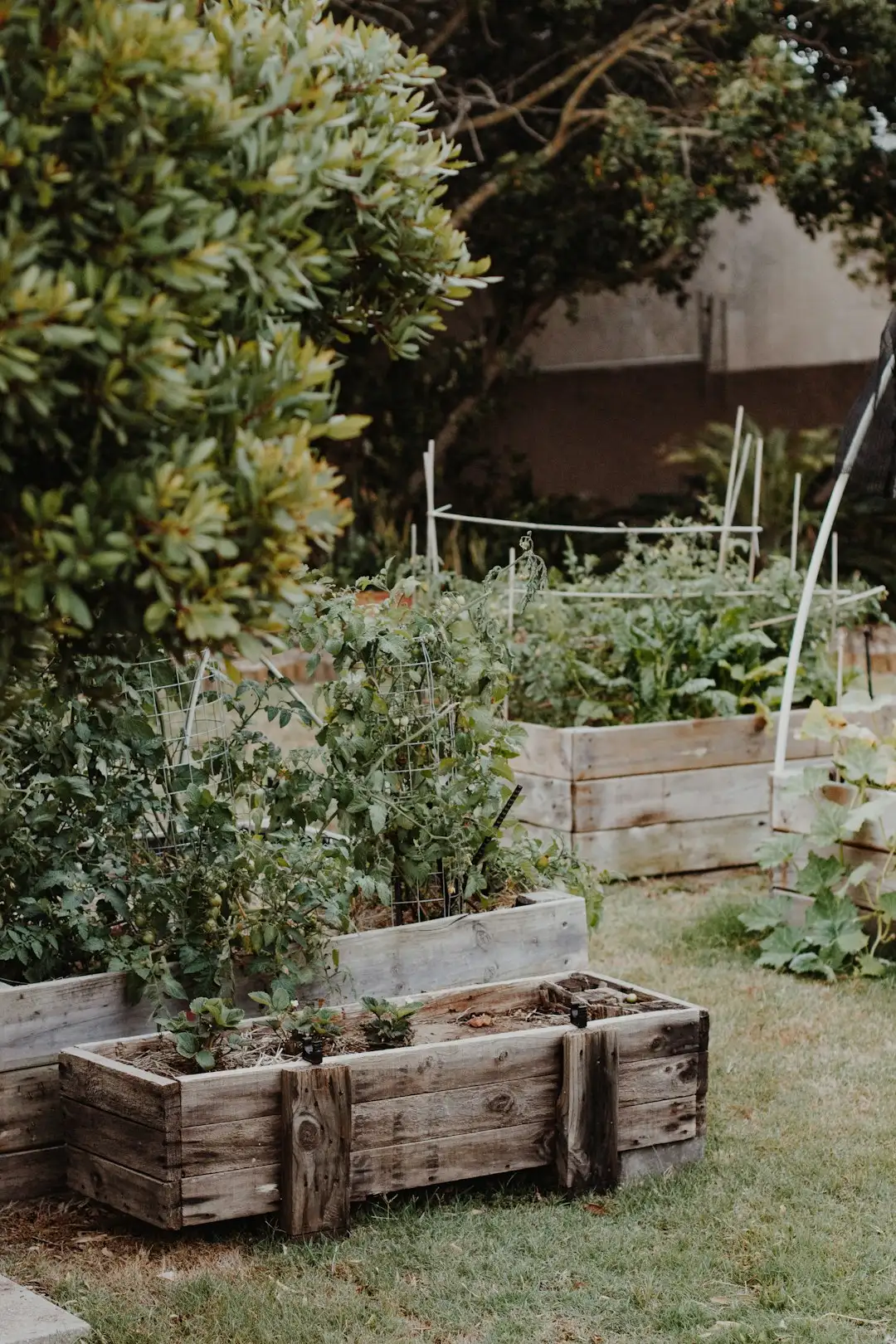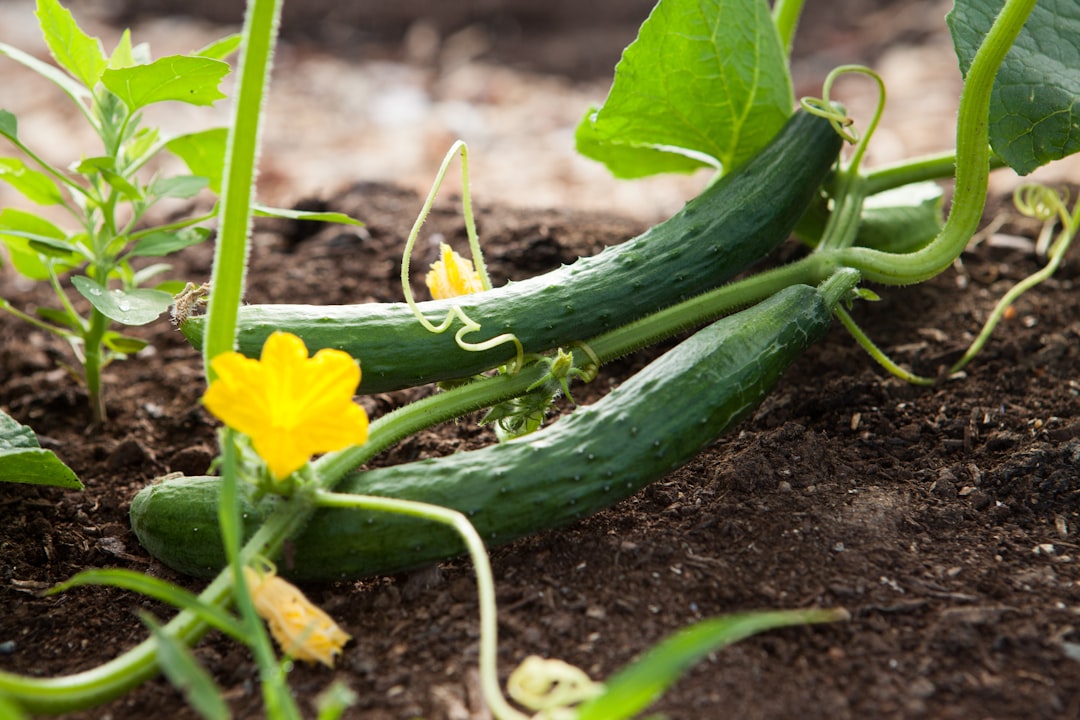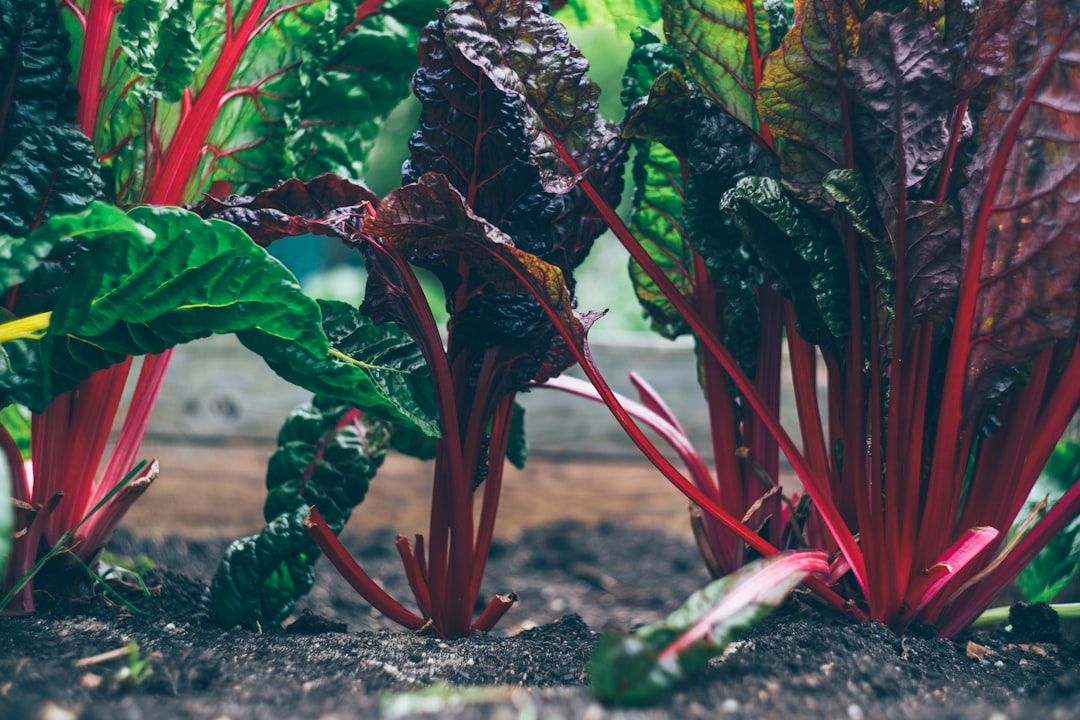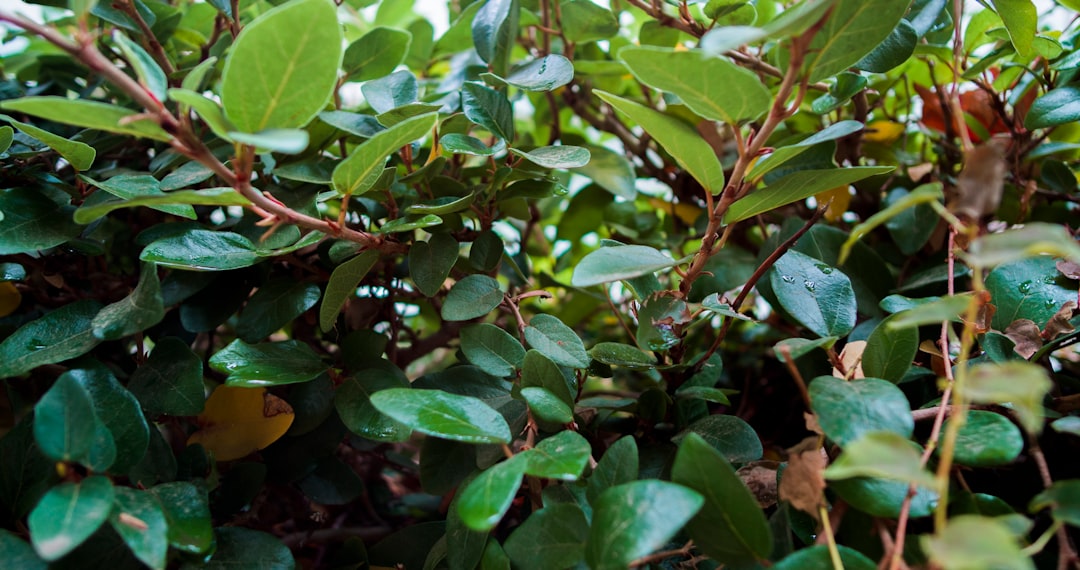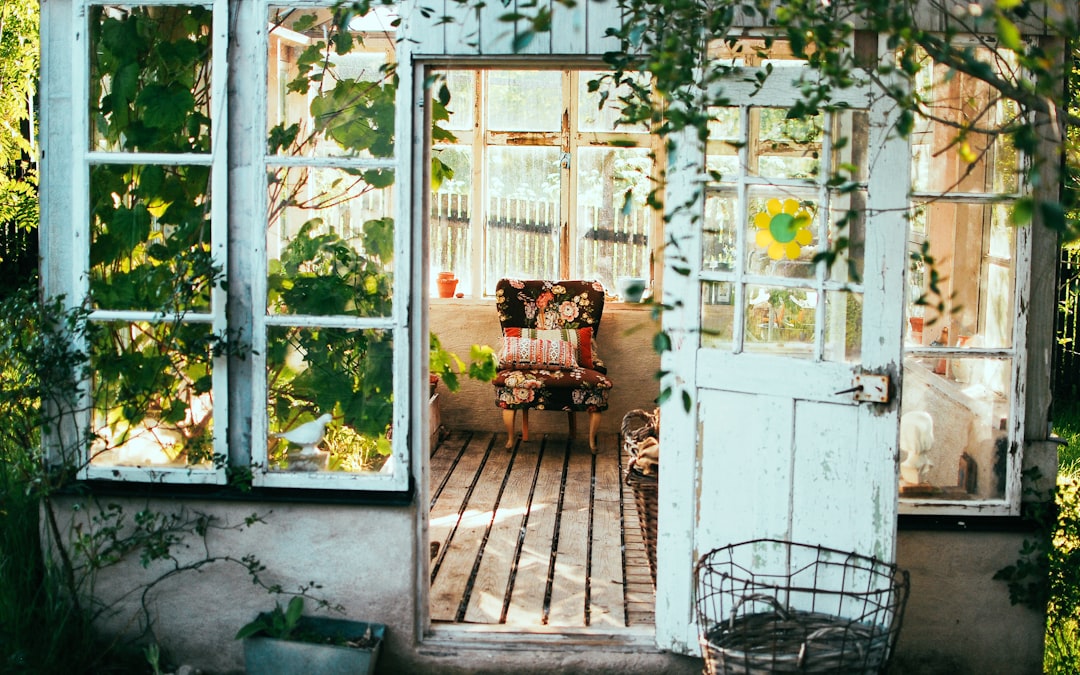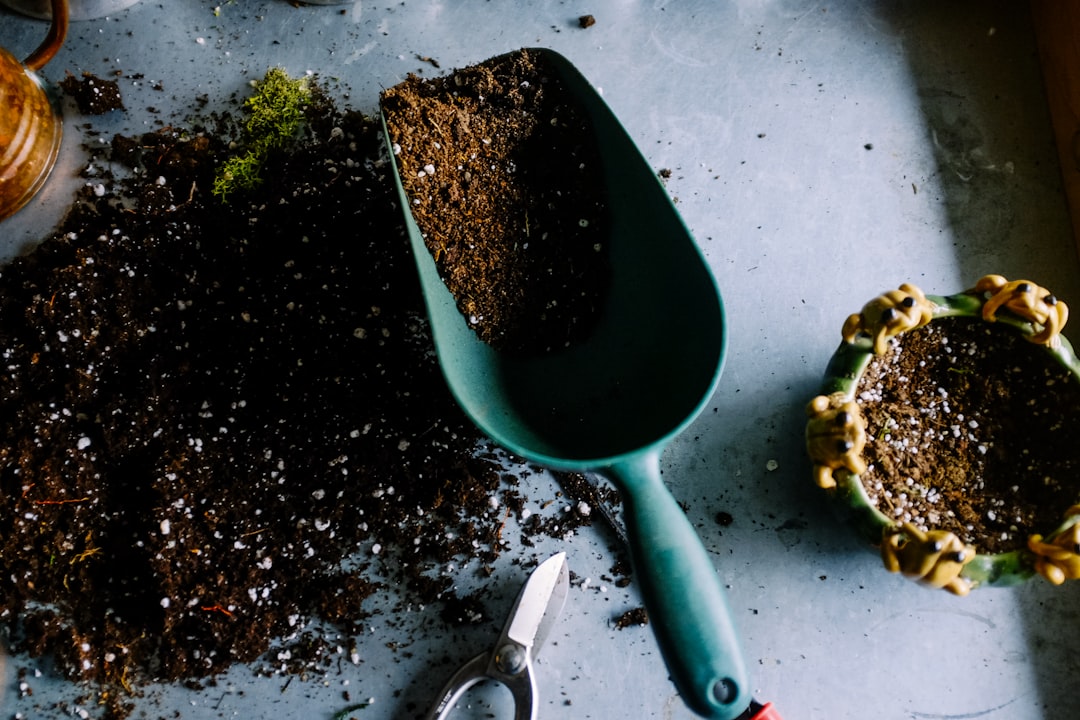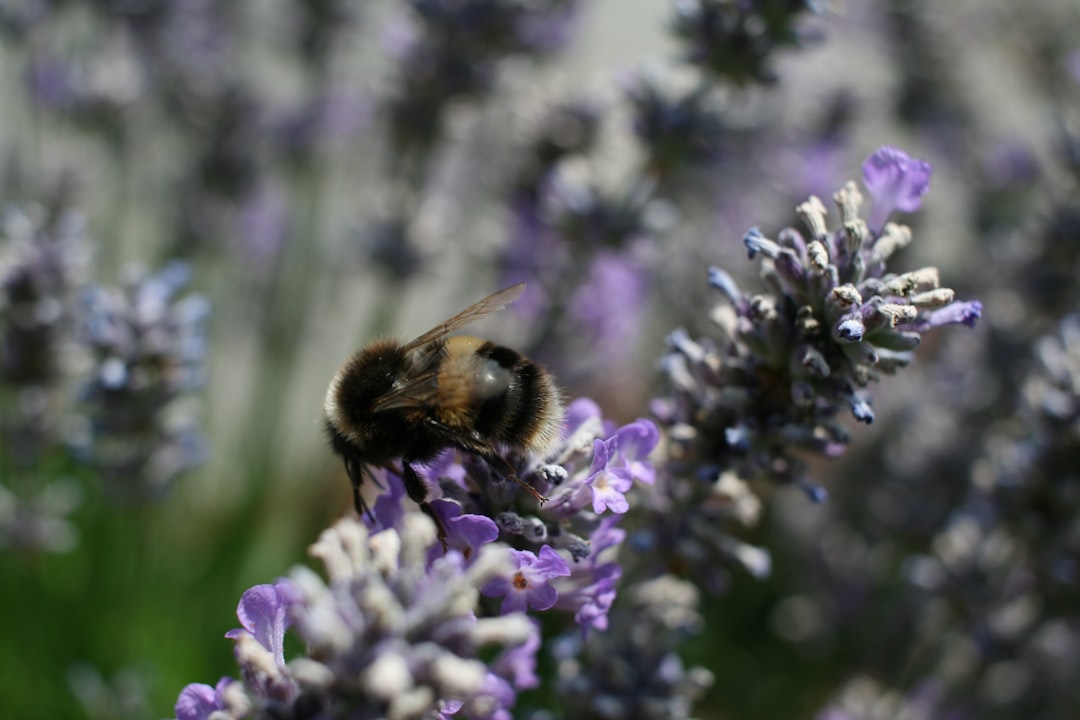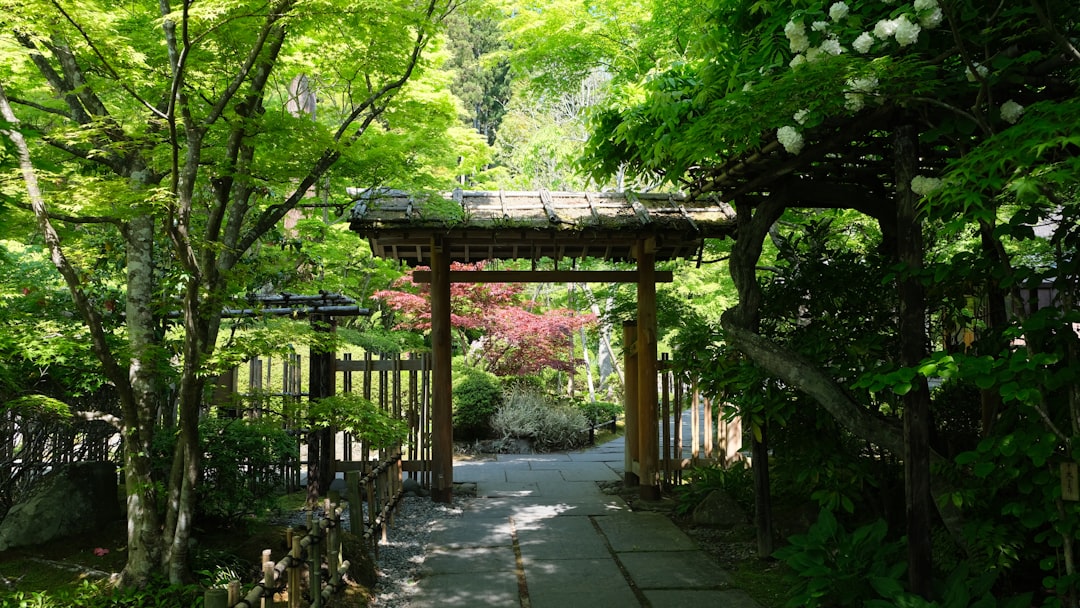
When it comes to creating a captivating garden, there are numerous plant options to choose from. One such plant that can add a unique and beautiful touch to your outdoor space is the ostrich fern. In this article, we will delve into the world of ostrich ferns, exploring how to grow them and the benefits they bring to your garden.
Ostrich ferns, scientifically known as Matteuccia struthiopteris, are a type of perennial plant. They are native to North America and parts of Eurasia. These ferns are well - known for their distinct appearance, which can bring a sense of elegance and texture to any garden setting.
One of the first things to understand about growing ostrich ferns is their preferred growing conditions. Ostrich ferns thrive in moist soil. This means that you need to ensure that the area where you plant them has good water - holding capacity. You can achieve this by amending the soil with organic matter such as compost or well - rotted manure. Organic matter not only helps the soil retain moisture but also provides essential nutrients for the ferns to grow.
Another important aspect of their growing requirements is light. Ostrich ferns prefer shade. They are well - adapted to growing under the canopy of trees or in areas of the garden that receive limited direct sunlight. However, it's interesting to note that these ferns are quite tough. They can tolerate some sun exposure, although too much direct sunlight for extended periods may cause the fronds to wilt or turn brown. If you have a spot in your garden that gets a few hours of morning sun and then shade for the rest of the day, it can be an ideal location for ostrich ferns.
When it comes to planting ostrich ferns, you can start with either spores or crowns. Planting from crowns is often the easier and more reliable method for home gardeners. You should plant the crowns in the early spring or fall. Dig a hole that is deep enough to accommodate the crown and its roots. Place the crown in the hole, making sure that the top of the crown is level with the soil surface. Then, gently backfill the hole with soil and water thoroughly.
Once the ostrich ferns are planted, proper care is essential for their growth and survival. Regular watering is crucial, especially during dry spells. You should aim to keep the soil consistently moist but not waterlogged. Overwatering can lead to root rot, which can be fatal for the ferns. Mulching around the base of the ferns can also be beneficial. A layer of mulch, such as shredded bark or leaves, helps to retain soil moisture, suppress weeds, and regulate soil temperature.
Ostrich ferns are also relatively low - maintenance when it comes to fertilization. You can apply a slow - release, balanced fertilizer in the spring to provide the necessary nutrients for the growing season. However, be careful not to over - fertilize, as this can cause excessive growth that may make the ferns more susceptible to pests and diseases.
In terms of the aesthetic appeal, ostrich ferns bring a beautiful texture to the garden. Their large, feathery fronds can create a lush and tropical look. They can be used as a backdrop for other plants, or you can create a fern - only garden area. They also work well in naturalized or woodland gardens, where their natural growth habit can blend in seamlessly with the surrounding environment.
As perennials, ostrich ferns will come back year after year. They will gradually spread over time, forming large colonies. This can be both a benefit and a consideration. If you have a large garden area, the spreading nature of the ferns can help to fill in empty spaces. However, if you have a smaller garden, you may need to monitor their growth and divide the clumps every few years to prevent overcrowding.
In conclusion, learning to grow ostrich ferns can be a rewarding experience for any gardener. Their preference for moist soil and shade, combined with their toughness and ability to tolerate some sun, make them a versatile addition to the garden. With proper care and attention, these ferns can bring a long - lasting and beautiful texture to your outdoor space, enhancing the overall aesthetic of your garden for years to come.
New






